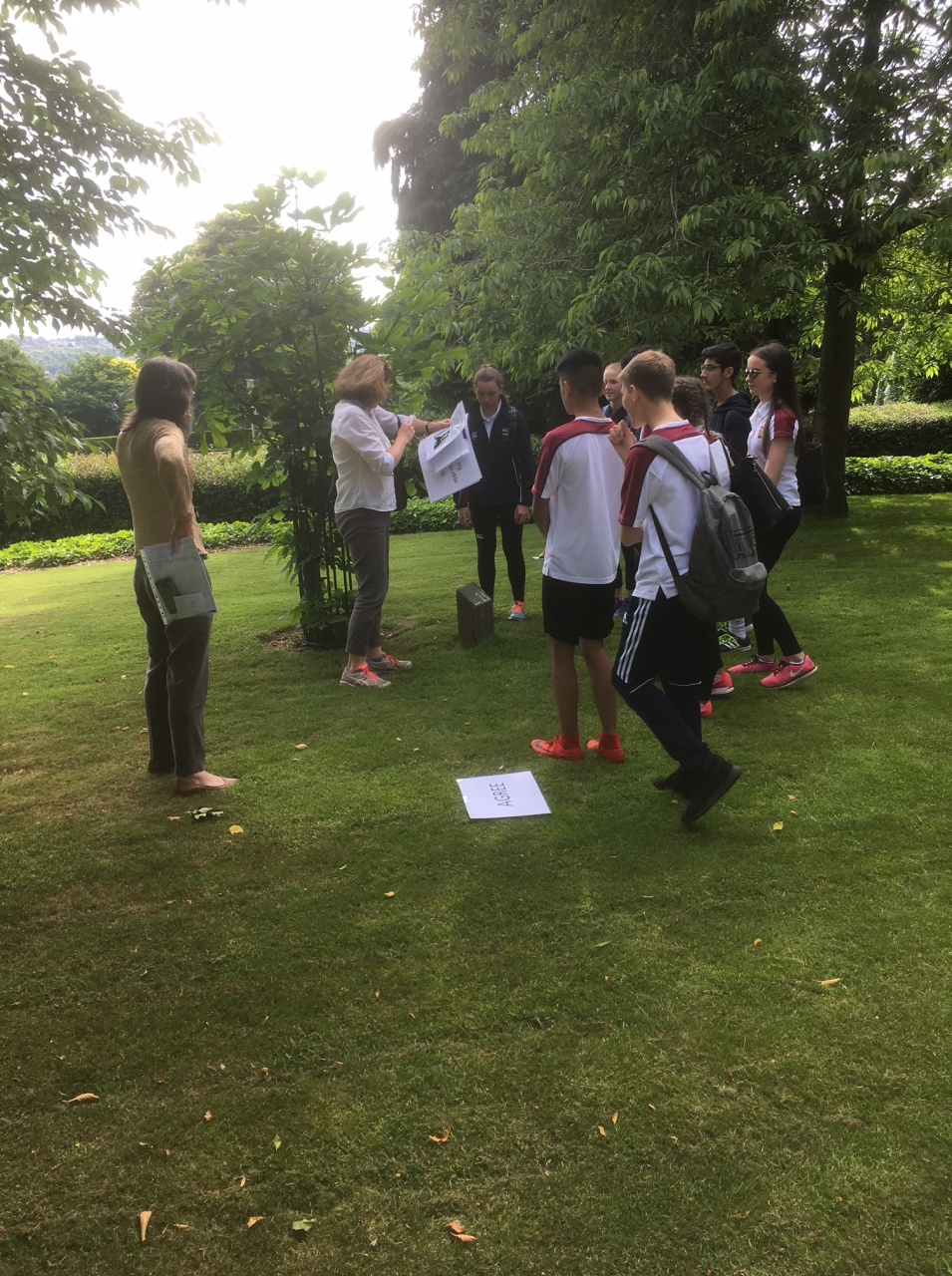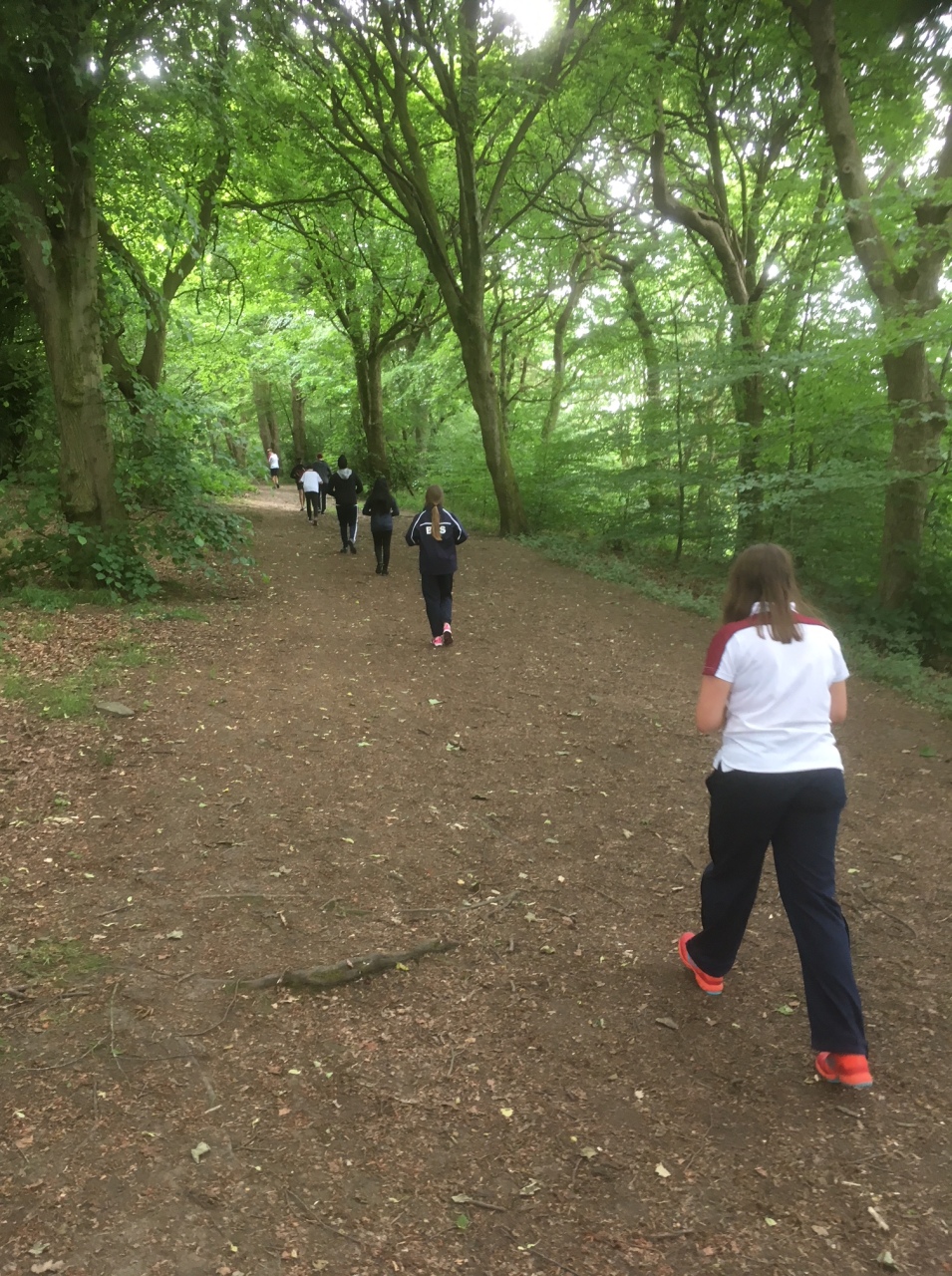 In preparation for the end of year assembly last year, tutor groups were asked what their highlights of the year were. Most of these were trips, and other out-of-classroom activities. For example, half of the Year 9 forms in the school voted the cross-curricular ‘Be BOLD’ (BGS Outdoor Learning Day) as their highlight of the year. Was this down to the time spent with their friends in the breaks between sessions? But the lunch break was half the length of the usual one at school, so this can’t be the case! Could it be as simple as ‘a change is as good as a rest’? But this is too simplistic. There must be something else going on, and I think that it relates to the wider issue of why face-to-face learning appears to be more effective than virtual learning in many contexts.
In preparation for the end of year assembly last year, tutor groups were asked what their highlights of the year were. Most of these were trips, and other out-of-classroom activities. For example, half of the Year 9 forms in the school voted the cross-curricular ‘Be BOLD’ (BGS Outdoor Learning Day) as their highlight of the year. Was this down to the time spent with their friends in the breaks between sessions? But the lunch break was half the length of the usual one at school, so this can’t be the case! Could it be as simple as ‘a change is as good as a rest’? But this is too simplistic. There must be something else going on, and I think that it relates to the wider issue of why face-to-face learning appears to be more effective than virtual learning in many contexts.
A recent article in the online magazine Aeon by Nicholas Tampio, looked into the benefits of face-to-face learning from both a philosophical and neuroscientific viewpoint. He began by citing the philosopher Maurice Merleau-Ponty, writing in 1945, who believed that human thinking emerges out of lived experience; humans are thinking animals whose thinking is always infused with our animality. Tampio related this to education thus: “It is by walking through a meadow, hiking beside a river, and boating down a lake that we are able to appreciate the science of geography. It is by talking with other people and learning their stories that we can appreciate literature.” From the distance of adulthood, I believe that it is hard to appreciate just how much of who we are today comes from such practical activities, both from our formal schooling and from our extra-curricular activities.

It is not just philosophical musings that provide the rationale for a healthy dose of outdoor learning: Tampio quotes social neuroscientist Marcus Holmes, who argues that physical co-presence is essential to generate trust and empathy among human beings. According to Holmes, diplomats insist on meeting in person with their colleagues, and good negotiators have a ‘feel for the game’ that works only when they share drinks, go on walks, shake hands, or have private conversations with their peers. The neuroscientist Marco Iacoboni has studied the ‘mirroring system’ that enables human beings to understand each other’s intentions. Within the brain, there are mirror neurons that fire when we perform an action or when we see another person doing the action. This supports the folk psychology that holds that when we see another person, we think for a moment before deciding how to react (a point which is as relevant to our behaviour online as it is to experiential learning). According to ‘simulation theory’, we actually feel what the other person feels as mirror neurons fire in just the same manner as if the experience was happening to us.
Tampio opines that this means that students looking at a screen will not – and cannot – trust, or care about, their teachers or students to the same degree as if they were face-to-face. Communicating in person also enables people to pick up micro-changes in facial expressions and detect other people’s sincerity. In the context of our time-pressured lives, writing, calling or video-chatting often works fine for many forms of communication, but Tampio points out that people must meet in the flesh to achieve the highest degree of trust or social bonding.

Sociologists also point out what is, on a moment’s reflection for most of us, self-evident: people want to be in the physical presence of other people to generate emotional energy: “a feeling of confidence, elation, strength, enthusiasm, and initiative in taking action” according to sociologist Randall Collins. Communicating via email or by smartphones makes it harder to read another’s body language or perceive what is happening in the background as the other person talks into the computer’s camera.
What do these findings mean for educators? Classroom experiences matter. Field trips matter. Outdoor activities and expeditions matter. Humans are social beings; technology can facilitate many aspects of teaching and learning, but at the core of education are people, and we must ensure that they meet, exchange ideas, and develop empathy. Only then will they thrive.
